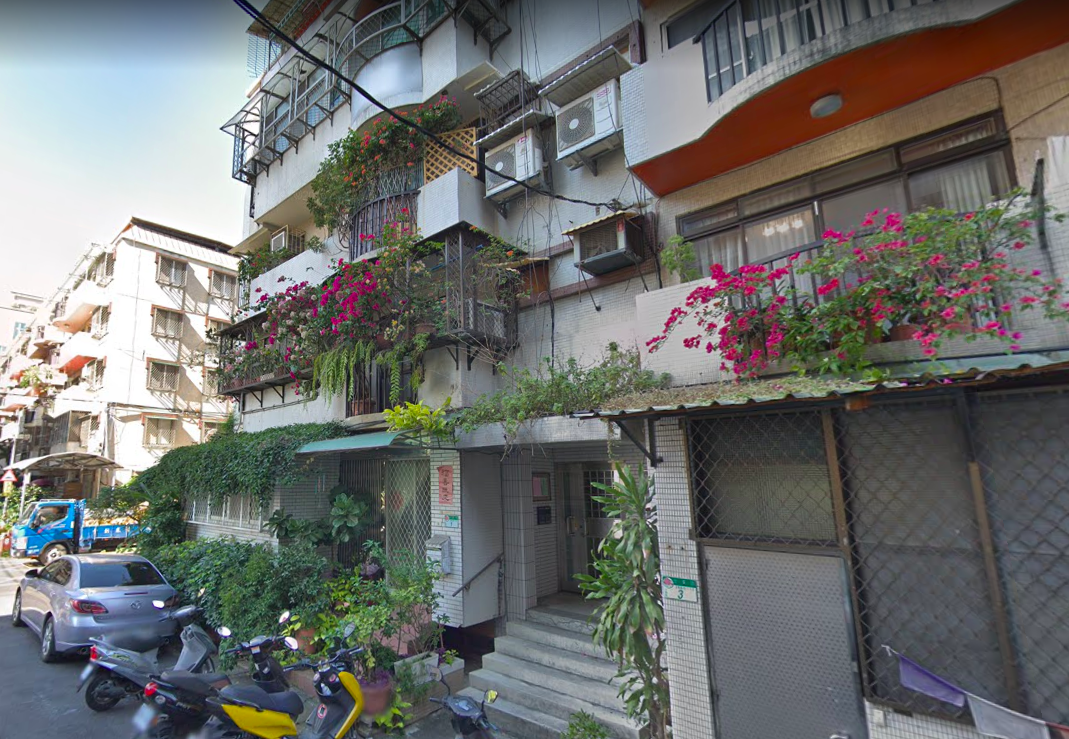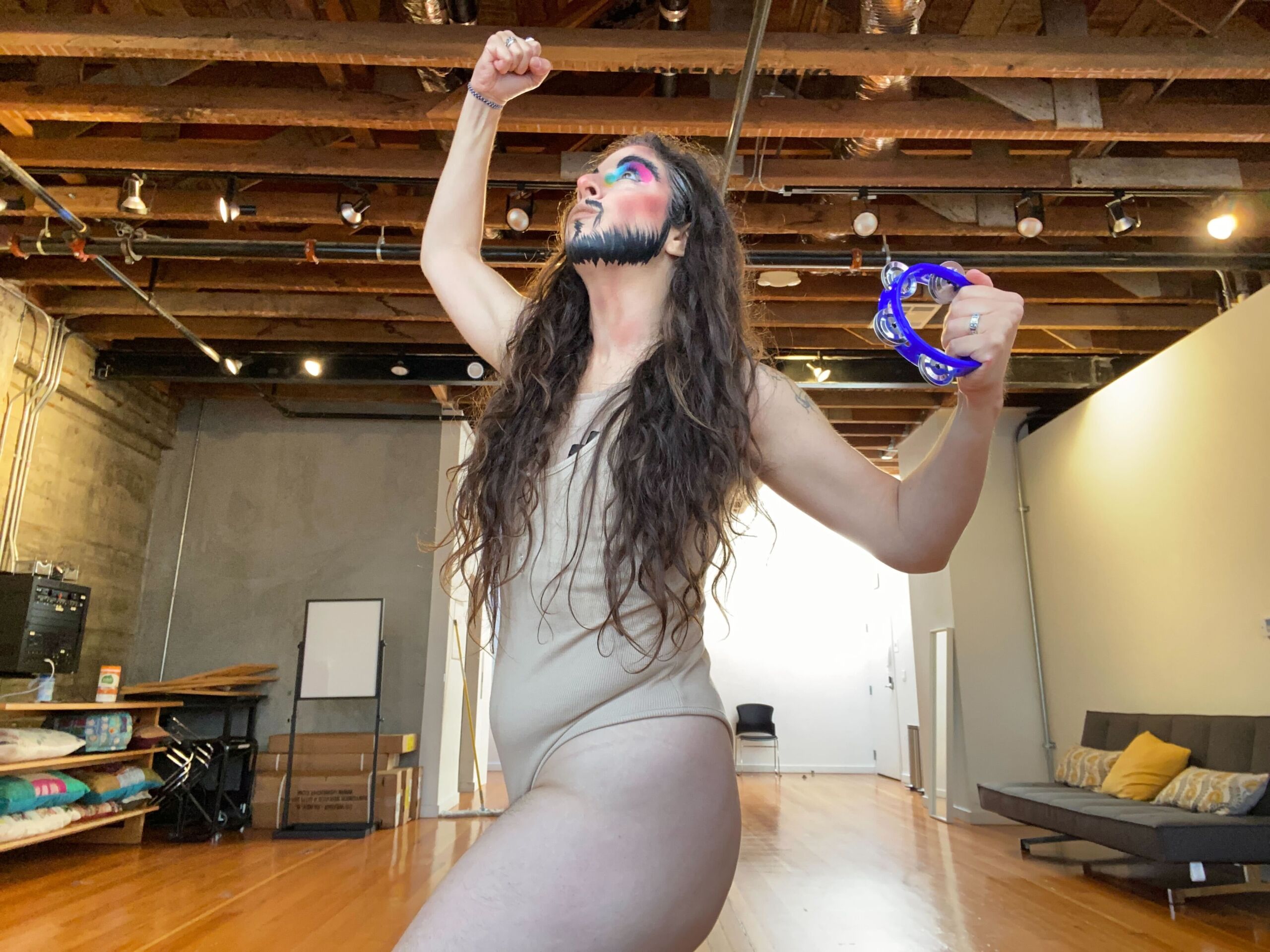Sri Susilowati is a Performing Diaspora Resident Artist at CountePULSE.
See her at weekend 2 of Performing Diaspora, November 12-15.
As an Indonesian choreographer who has trained in my own country and the U.S.A, I am interested in looking at a social relation from a third world perspective, and in particular a third world women’s perspectives.
When first I moved to the States years ago, my artistic mission/intention was to introduce Indonesian dance to Americans and to preserve the Indonesian arts. However, over this time, I changed my perspective on the word “preserving.” I found out that Americans who have studied Indonesian dance sometimes tend to be even more conservative than the Indonesians. For example, they liked to study, choreograph/work, and perform only the classical repertoires, while in Indonesia there are many artists who have already crossed the boundaries between the classical and contemporary works. So, for the first couple of years in the States, my performances typically performed pieces from the classical or traditional Indonesian repertoire. While this was enjoyable and fulfilling in its own way, I craved the opportunity to create works that touched on more modern themes as well as incorporated other ideas of movement, and the use of sound, text, and different styles of music.
Now, much work from the classical or traditional Indonesian dance repertoire has themes drawn from Hindu epic mythology, such as the Ramayana and Mahabharata, and myths or legends more local to various areas of Indonesia. [1]. While I strongly believe that the these stories and narrative structures have great value, I have felt a tension between remaining in this framework and being able to address themes that are not traditionally in these texts.[2]. On the one hand, remaining within this context has great appeal; I know these stories and love them. These are the myths that I grew up with and the dances I learned were contextualized within their framework. But even within the context of Indonesian culture these stories have lost some of their currency. The invasion of television and movies has started to change the cultural references that people have. Except within the artistic or academic community, the populations in the urban centers have started to forget these texts. Charlie’s Angels has replaced Srikandi, and the Terminator has replaced Gatotkaca. To the extent, then, that the audience does not have an intimate familiarity with these texts, it is more difficult to use them in performance by playing off their existing structures, or incorporating them into new themes. It is not a given that the audience will understand the embedded context. That is not to say that some of them do not contain great relevance for some issues today. For instance, in the Ramayana, Kumbakarna, the brother of the king, Rahwana, agonizes over whether to support his brother in a war he thinks is unjust much as some in the United States have agonized over various wars, most recently in Iraq. Nevertheless, for the themes that emerged in my work, a directly correlative or corresponding theme was not to be found in these texts.
On the third hand [3], from my point of view there are objectionable features in many of these them! For instance, the feudal structure is depicted as being beneficial to those at the bottom of it. Or, for another example, the patriarchal gender structure is taken for granted. Of course, this does not de-legitimate the texts, but calls into question how they should be used. Does one neglect Hamlet because of the feudal setting, or feel compelled to rewrite it in a different context without the disagreeable social structures? For me, the precise and expressive Indonesian dance technique that has grown out of a rich and specific cultural history which includes themes that may not carry as much currency as they once did should not yet be abandoned; I don’t want to throw out the baby with the bathwater.
In late 1970s early 1980s wayang golek, a Sundanese traditional wooden puppet performance from West Java was almost lost to its audience. The people did not want to come to the performance anymore; they preferred to see a movie or watch TV instead. Abah Sunarya, a famous puppet master or dalang, during his performance overheard an audience member say that he would rather sleep than watch the boring performance. Indeed, a slang expression developed to describe someone who was sleepy was “lalajo wayang,” or watching wayang. As a result, according to the legend, he endeavored to teach his sons, Ade and Asep, to become famous and creative dalangs that would bring back the peoples’ interest in wayang. Ade Sunarya became a dalang with a strong creativity of story telling that touched the everyday life, and Asep Sunarya created wooden puppets with special effects (projectile vomiting, heads flying off, dancing ability). [4]. Their efforts have revived the popularity of wayang golek and made it more interesting to contemporary audiences.
All this is to say that I come from a culture in which traditionally the arts play a role in peoples’ everyday lives, and most people actively participate in some artistic endeavor even if they are not professionals. Due to industrialization, urbanization, and increasing influence from the West through TV and music, my culture has changed and with it the central place of the arts. I believe that while much can be gained from classical Indonesian dance, art must change and grow with the society, shaping it, while also being shaped by it. While I was interested in certain issues, I have always considered a solely serious approach to be rather difficult. My own training as a dancer in genres such as Jaipongan uses humor as a key element. Perhaps, also, as an Indonesian, having grown up in an autocratic and authoritarian society, humor is an essential method for expressing many ideas because otherwise the expression would have been censored.
My project, Eating Dance, is about exploring the intersection of food culture and dance culture, and is based on my experience exploring/observing food cultures among dancers. Dancers from different cultures and different styles of dance seem to reflect their aesthetics in different ways when it comes to eating, and particularly when it comes to eating before, during, and after performances. Growing up in Indonesia, food had an important role in dance rehearsals and performances. Dancers would eat a big meal (some might say a feast) during the rehearsals and performances. In fact, many dancers were okay to do unpaid performances, as long as they were fed.
I am a dancer and I love to eat, which for many Western dancers is practically an oxymoron. Growing up poor, I learned how to cook (real cooking, and I don’t consider making sandwiches or putting food in a microwave cooking). So, here I am a dancer who can cook and love to eat. This combination of food, cooking, and dance, of course has an affect on my appearance as a dancer. Well, let me put it this way, I don’t have a dancer’s look. Especially now, when I am becoming more, ehm … mature. But the question is, does the changing of my appearance affect my dancing ability?
Talking about food, dance, and dancers is actually a delicate issue. When I started developing the idea of the piece, I shared my idea with several colleagues, some were excited, and some had a reservation. One person was a bit worried and warned me to be extra sensitive to the “NOT eating dancers.” How has our relationship to food become so laden with cultural and personal value? The use of humor becomes crucial, especially when talking about such an evidently sensitive issue. Hopefully, it will even help “smooth out the wrinkle” a little bit. My challenge is, will it work to use humor in a dance piece, let alone a dance piece about food? Stand up comedians use words to address humor, so how does a dancer address humor? Humor is hard to achieve, and it’s so culturally specific; each group of people views humor differently from one another. Especially, when it comes to creating and working with humorous dance movements, I am often unsure; how do I know that the movement I do will be funny to most audience members, without falling into the “three stooges” kind of “funny” (slap stick)?
Participating in the work-in-progress aspect of Performing Diaspora has helped me see which aspects of my work, and especially my humorous work, is on target and which concepts still need work to be successfully translated to the stage.
Footnotes:
[1] Such as the tale of the king, Klana Sewandana, on which the dance Klana Topeng is based.
[2] The word, text, is used here in the sense of an established narrative structure, not simply something that has been written down.
[3] I realize the formulation here is “On the one hand,…,on the other hand,…”. But in many cultures there are gods and goddesses with 4 or 6 or 8 or more arms, representing to my thinking the many possibilities that we consider.
[4] The legend is that the father, Abah Sunarya, performed a ritual and then blew into the mouth of Ade to give him the story making ability, and then blew on the hands of Asep, to give him the dexterity to make puppets with these new “special effects.”
Share This!
More Good Stuff
Unsettled/Soiled Group is a group of East, Southeast, and South Asian diasporic movers, makers, and settlers on Ramaytush and Chochenyo Ohlone land. Unsettled/Soiled Group is led by June Yuen Ting, one of CounterPulse's 2022 ARC Performing Diaspora artists and will debut Dwelling for Unsettling alongside VERA!'s Try, Hye!, Thursday through Saturday, December 8-10 & 15-17, 2022
Try, Hye! by Vera Hannush/VERA! & Dwelling for Unsettling by Unsettled/Soiled Group December 8-10 & 15-17, 2022 // 8PM PT // 80 Turk St, SF
VERA! (they/them) is a queer Armenian American drag king, dancer, and community activist. They are one of CounterPulse's 2022 ARC Performing Diaspora artists and will debut Try, Hye! alongside Unsettled/Soiled Group's Dwelling for Unsettling, Thursday through Saturday, December 8-10 & 15-17, 2022



